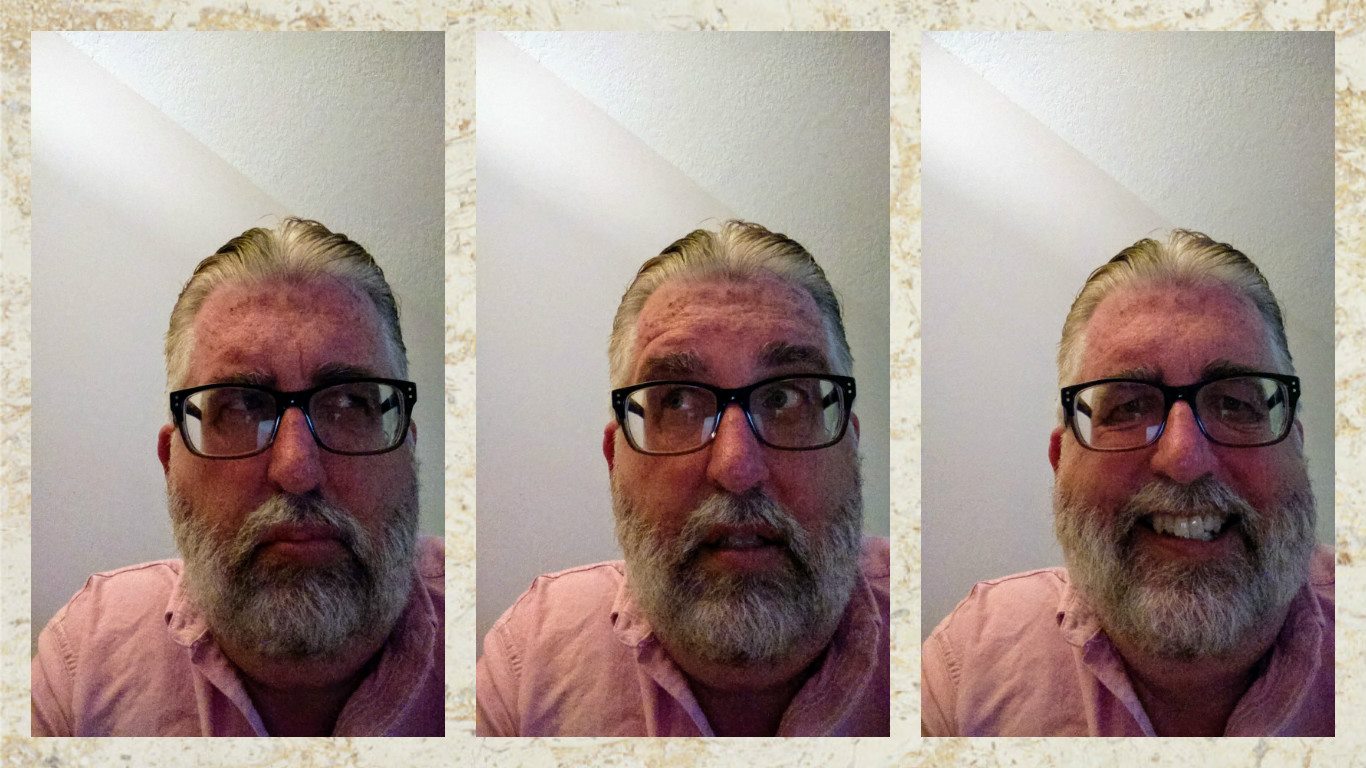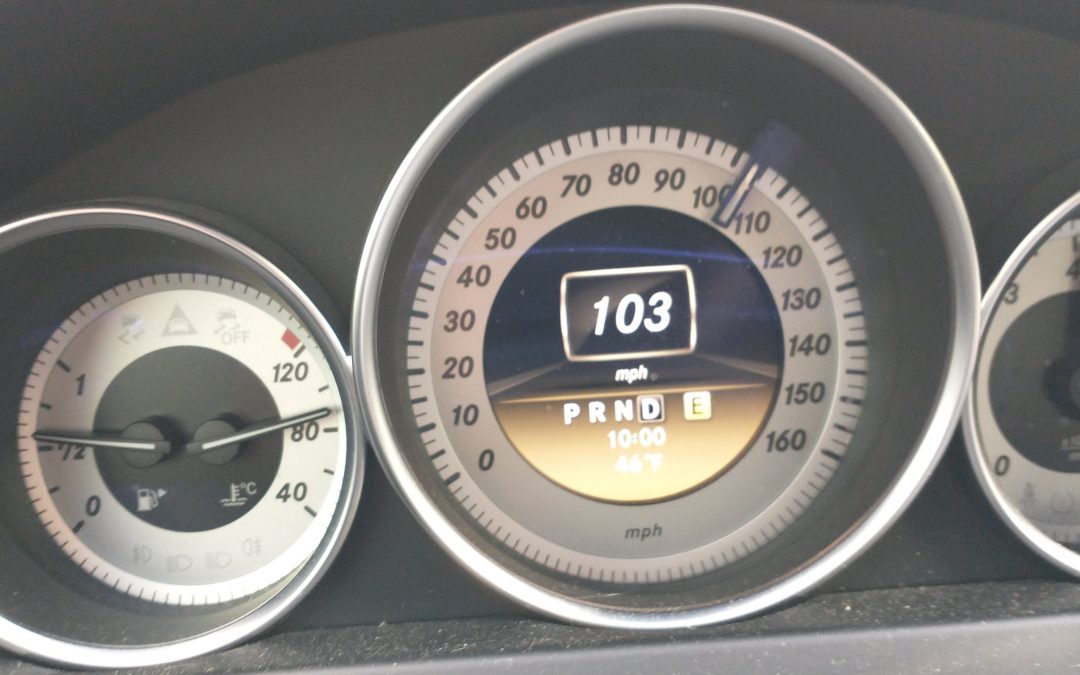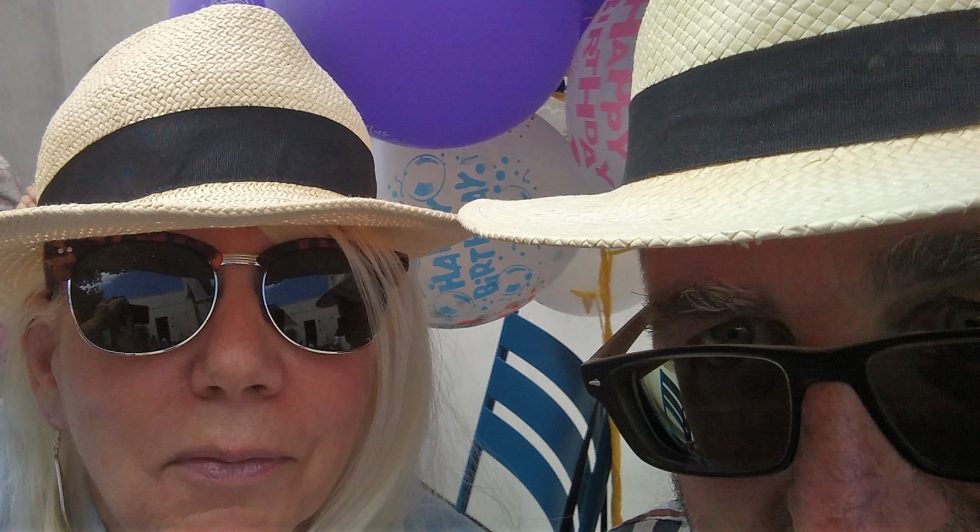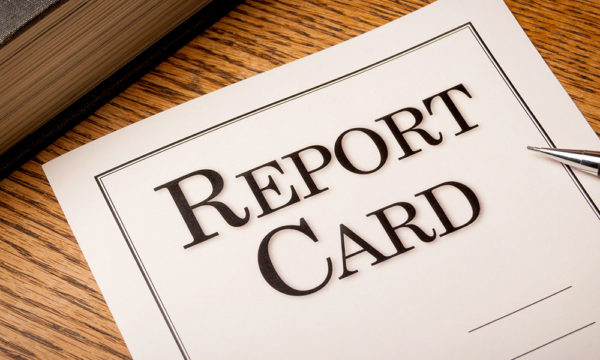
Your Marketing Mix in 2025
A couple of headlines came into my inbox last month:
How To Offset Diminishing Returns On Social Media and New Study Shows How Radio Exposure Drives Social Media Advertising.
So let’s take a few minutes and talk about the marketing mix for your business in 2025.
A couple weeks ago I shared information from my Sound Advice newsletter and a story of how one of my radio clients was spending gobs of money on social media and a fraction of that amount on the radio but digging deeper, he should have been doing the opposite when we analyzed the results.
When you do more than one form of marketing and advertising, or use more than one platform or station, this is what we refer to as your marketing mix.
In case you were unaware of my background, I’ve worked full time in both the traditional radio world and also the digital world where I was the “Social Media Magician” for a multi-million dollar e-commerce company and none of the tech stuff is foreign to me.
The issue is that if you rely on something bright and shiny and quit the older media, you risk losing the momentum that you had with what you were doing previously. The reality is that you can do both, but you need to understand how they can work together. If done properly it’s not just an adding effect, but a multiplying effect.
First let’s look at the problem some social media marketers are having:
Almost 8 in 10 performance marketers experience diminishing returns on social media, meaning that their return on ad spend (ROAS) declines as they spend more, according to a survey [pdf] from Taboola.
For almost one-third of those, diminishing returns set in before they’ve reached even half of their social media advertising spend, per the results.
The main culprits behind diminishing returns from social media advertising are perceived to be saturation in the target audience (66%) and user fatigue (59%). Rising costs – a key driver of concerns over paid social ROI – are also seen as a reason for diminishing returns by a significant portion of the respondents.
While many of the respondents in the survey are trying new and different forms of digital marketing, they are missing out on adding a method that can actually enhance hat they are doing. But don’t just take my word for it, here’s a quote from the other article I mentioned:
Results of a study conducted by Critical Mass Insights find that radio listeners show a greater likelihood to click on social media ads for products or services they’ve heard advertised on radio.
The survey, conducted during March 2025 among 1,000 U.S. consumers, shows more than half (55%) of listeners say they’re more likely to click if they’ve already heard a radio ad… Overall, CMI finds, average listeners are twice as likely to click a link for a product they heard advertised on radio vs. one they haven’t.
The study also finds that 72% of consumers are more likely to notice social media advertising for a product after they’ve heard about it on the radio, while 7 in 10 say they’re more likely to read a social media ad for a product — and two-thirds more likely to try a new product — after hearing about it on the radio.
Consumers are inundated with advertising every day, on every platform, and they’re increasingly navigating an environment that includes fake AI-generated content, so it’s no surprise that first hearing about a product in the trusted, familiar environment of broadcast radio increases the legitimacy of the advertiser and the product in their minds.
The power of radio goes beyond just consumers’ behavior when it comes to social media ads, as 8 in 10 respondents say they trust broadcast radio hosts to recommend products and services to them, 44% say they’re more likely to buy a product they see in the grocery store if they heard about it on the radio first, and 49% say they’re more likely to visit a fast-food restaurant after hearing it advertised on radio.
This research highlights how radio can help brands cut through today’s advertising clutter and make them more top-of-mind — not just in that moment when listeners hear an ad, but later, when they come across a product in a store, in a digital ad, or while driving down the highway. Hearing about a brand in a high-attention environment, like radio, changes how they respond to that brand in a more crowded environment..
Before you jump in by yourself to figure out how to expand your marketing mix, it’s important to understand the role each form of media has in taking consumers thru the journey from strangers to customers. That’s where I can help. Contact me.




